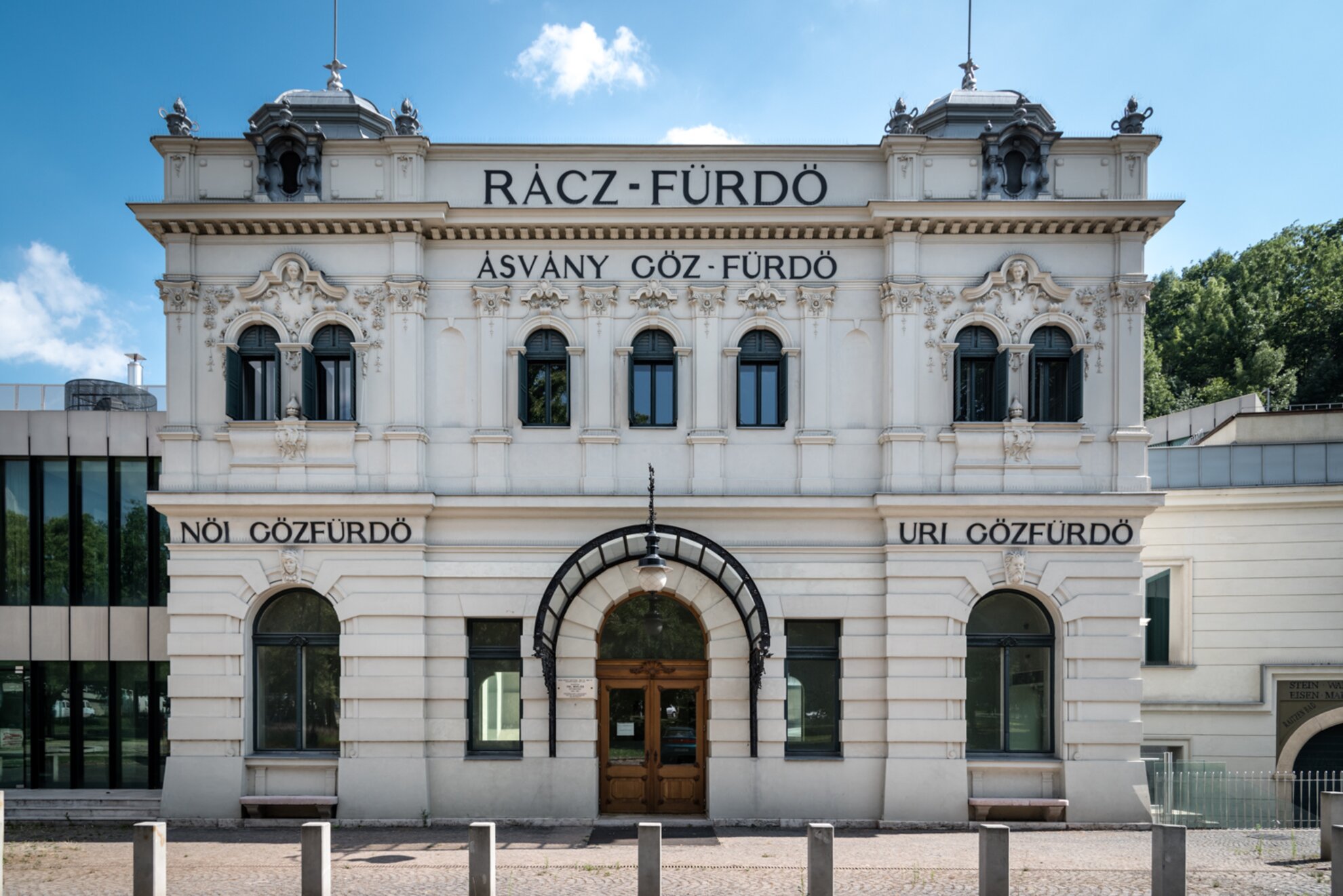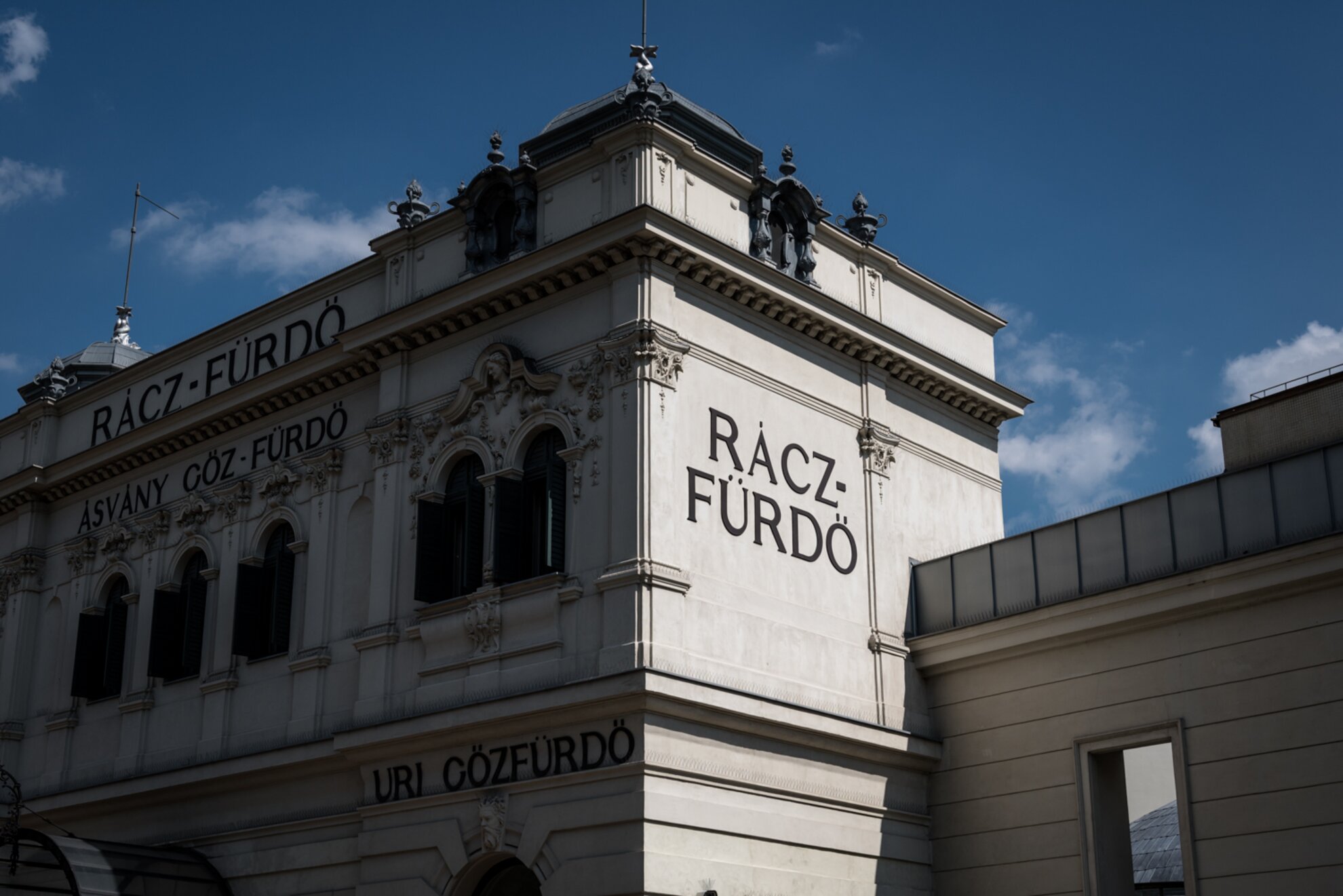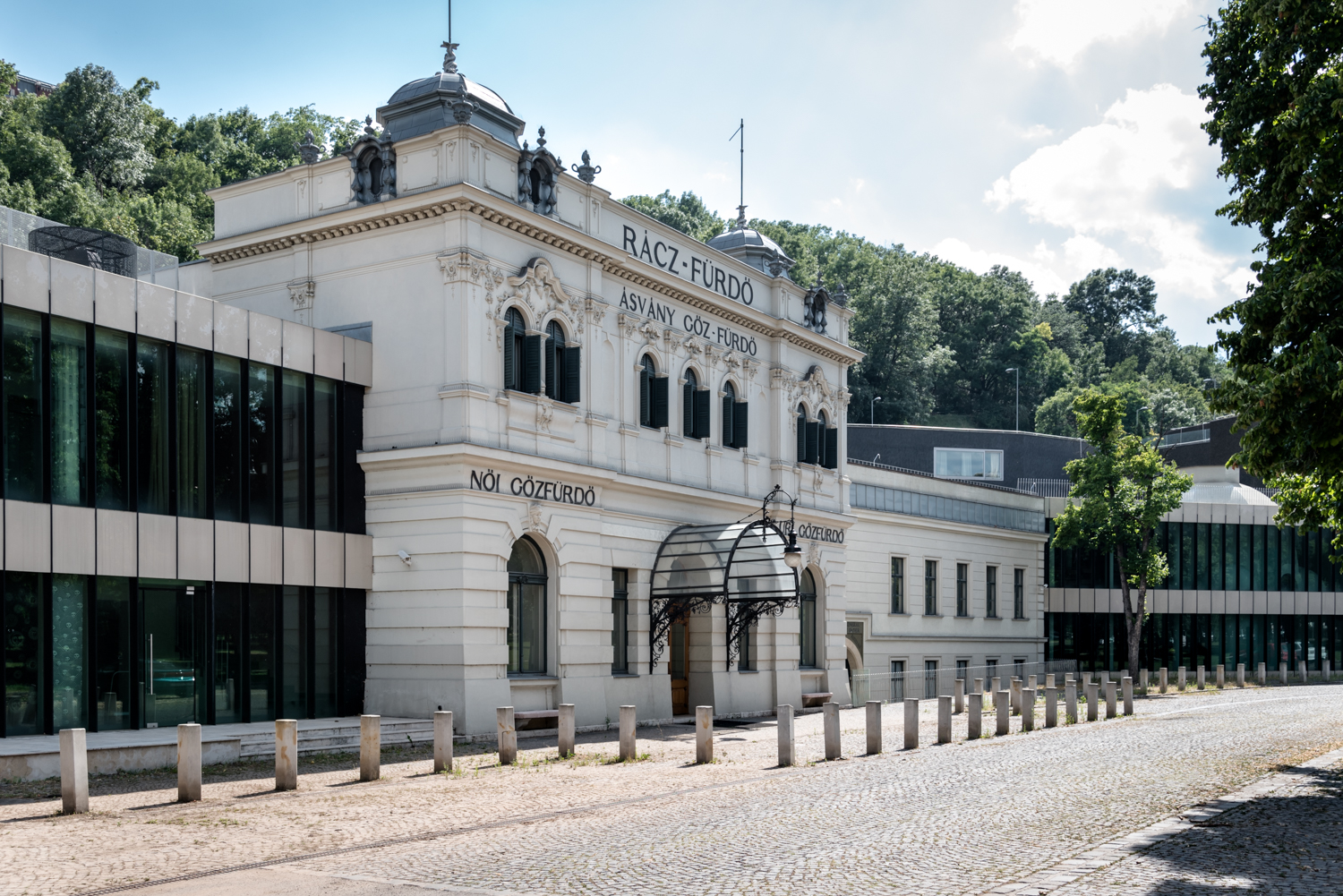The first time men that were striding around these steaming hot thermal springs, casting an expert eye over their potential use for healthy bathing, Columbus had not long discovered America. Shortly after the invading Ottomans had made Buda the seat of occupied Hungary in 1541, the local sultans had baths built around the calcareous therapeutic waters between the Gellért and Castle Hills on the west bank of the Danube.
Later named by reoccupying Hungarians as the Rácz, it is one of three baths in the immediate vicinity, of 24 built on 123 natural springs in daily public use around the spa capital of Budapest.

In the recent tourism boom, nearly all the high-end hotels, grand spas and ornate coffeehouses of Budapest’s golden era, some shut away for decades, have been renovated and reopened – with one significant exception.
The Rácz was the most modest of the 16th-century Ottoman spas, hence its Turkish name Küçül ilica, ‘small baths’. After the Turks were chased out in 1686, the Hungarians came to enjoy the facilities so expertly put in place. Being Christian, they did not follow Islamic washing rituals with connecting halls – they simply built as many bathing rooms on the one site as possible.

In the 1800s, top architect Miklós Ybl was persuaded by Czech doctor Johann Nepomuk Heinrich, studying the city’s waters, that those at the Rácz were the most salubrious – a verdict commemorated by a plaque in the cupola. The baths, set in the bohemian social mix of the surrounding Tabán neighbourhood, proved popular. In the 1930s, Hungarian leader Admiral Horthy had much of the Tabán razed for parkland. Allied bombs then damaged many of the spa buildings, afterwards knocked down rather than repaired.
A scaled-down Rác gained its modern-day spelling and still ran as a spa, even after the new main road to Vienna, Hegyalja út, claimed more adjoining land in the 1960s. Behind the baths, Budapest’s first so-called garden bar attracted a bohemian crowd in the late 1990s. Gradually, the Rác fell into disrepair and closed in 2002.

In 2005, Italian luxury-hotel group Baglioni undertook to revive the Rác, its first venture in Hungary, complementing other signature properties in Venice, the Côte d’Azur and the Maldives. A spa of 15 pools, plus an outdoor one with sunbathing terrace backdropped by Elizabeth Bridge, and adjoining 66-room, state-of-the-art, five-star hotel with high-end Italian restaurant, were all but complete by the spring of 2008.

Due to have concluded later that year, the project fell victim to red tape and the credit crunch. An archaeological team attached to the nearby Budapest History Museum even unearthed Celtic remains dating back to the 1st century BC.
For ten years, a near-ready Rác remained unopened, entangled in bureaucratic and ownership issues. The recent news of its long-awaited revival means that the city can add another to its impressive array of historic spas.




